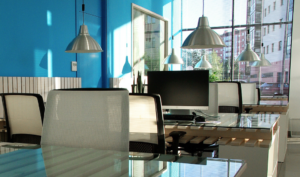
Commuter Benefits: Where Do They Fit in the Future of Work?
The pandemic was a powerful force that profoundly changed the nature of work. When lockdowns eventually lifted and organizations welcomed people back to the office,

The pandemic was a powerful force that profoundly changed the nature of work. When lockdowns eventually lifted and organizations welcomed people back to the office,

Recruiting top talent isn’t easy — especially in today’s market. Despite recent economic challenges, many employers are still struggling to find strong people for open

In the wake of the Covid pandemic, employee benefits have experienced a significant transformation. Increasingly, employers are focusing on benefits that enhance individual wellbeing and

These days, any employer that doesn’t lead with purpose is fighting an uphill battle. Why? Take a look at recent headlines. They’re filled with news

Music is a great unifier. In our private lives, shared tunes always have a way of bringing people together to sing, dance, laugh and socialize.

For most of the last three years, millions of people clocked in at work from the comfort of home. Now, eager to return to a